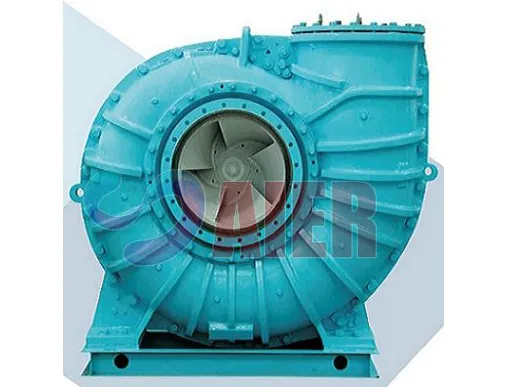9 月 . 25, 2024 07:36 Back to list
Sand Dredge Pump Impeller Design for Enhanced Performance and Durability
Understanding Sand Dredge Pump Impellers A Key Component in Dredging Operations
Dredging is an essential process in maintaining waterways, constructing infrastructure, and enhancing navigation. Among the various components involved in dredging machinery, sand dredge pump impellers play a crucial role in the efficient and effective movement of sediment and water. This article delves into the significance of these impellers, their design, operation, and impact on dredging activities.
What is a Sand Dredge Pump Impeller?
A sand dredge pump impeller is a rotating part of a centrifugal pump specifically designed to transport sand and other sediments from underwater locations to the surface. These impellers are engineered to handle abrasive materials, making them vital for operations that involve heavy or coarse material. Made from durable materials like cast iron or hardened steel, sand dredge pump impellers are designed to withstand wear and tear associated with harsh dredging environments.
The Design of Impellers
The design of an impeller is critical to its performance. Typically, sand dredge pump impellers are designed with a broad, open configuration that allows for the easy movement of large particles. This open design minimizes the risk of clogging, which can occur when sediment is too thick or contains larger debris. Moreover, the blades of the impeller are usually curved, helping to efficiently funnel the sand and water mixture into the pump casing.
Hydraulic design is another important aspect. A well-designed impeller ensures optimal flow rates while maintaining the necessary suction to draw in sand and debris from the seabed or riverbed. The diameter and shape of the impeller blades are carefully calculated to balance the pump's efficiency and the power required to operate it.
sand dredge pump impeller

The Operation of Sand Dredge Pumps
Sand dredge pumps operate using a centrifugal force generated by the rotating impeller. As the impeller spins, it creates a low-pressure area at the inlet, drawing in a mixture of water and sand. The centrifugal force then propels this mixture outward into the pump's discharge pipe, effectively transporting the materials to the desired location.
One of the standout features of sand dredge pumps is their ability to handle a wide variety of sediment types, including gravel, silt, and clay. This adaptability is largely due to the robust nature of the impeller and its design, allowing operators to work efficiently in diverse aquatic environments.
The Importance of Maintenance
Given their exposure to abrasive materials, maintaining sand dredge pump impellers is essential for prolonging their lifespan and ensuring operational efficiency. Regular inspections can help identify wear patterns, and prompt replacements or repairs can prevent costly downtime. Additionally, proper operation training for dredging staff can optimize the use of these pumps and minimize instances of damage.
Conclusion
Sand dredge pump impellers are vital components in the dredging industry, directly influencing the efficiency and effectiveness of sediment transport. Their design, operational principles, and maintenance requirements underscore their importance in various applications, including environmental restoration, construction, and navigation enhancement. As dredging continues to evolve, advancements in impeller technology will further enhance their performance and durability, ensuring that these machines meet the demands of modern infrastructure development. Understanding the role of sand dredge pump impellers can lead to better decision-making regarding equipment selection and maintenance, ultimately contributing to successful dredging operations.
-
China SP Slurry Pump Supplier – Vertical Sump Pump Rubber Lined Manufacturer & Factory
NewsJul.05,2025
-
High Quality Submersible Slurry Pump with Agitator Manufacturer & Factory Reliable Submersible Pump Solutions
NewsJul.05,2025
-
Cheap Dredge Pump for Sale – China Cheap Submersible Pump for Wastewater Supplier
NewsJul.05,2025
-
Wholesale Casting Dredge Pump Part - High Quality China Manufacturers & Suppliers
NewsJul.04,2025
-
High Quality Slurry Pump Seals Reliable China Suppliers & Manufacturers
NewsJun.24,2025
-
High Quality Portable Submersible Slurry Pump Supplier & Manufacturer from China
NewsJun.10,2025
